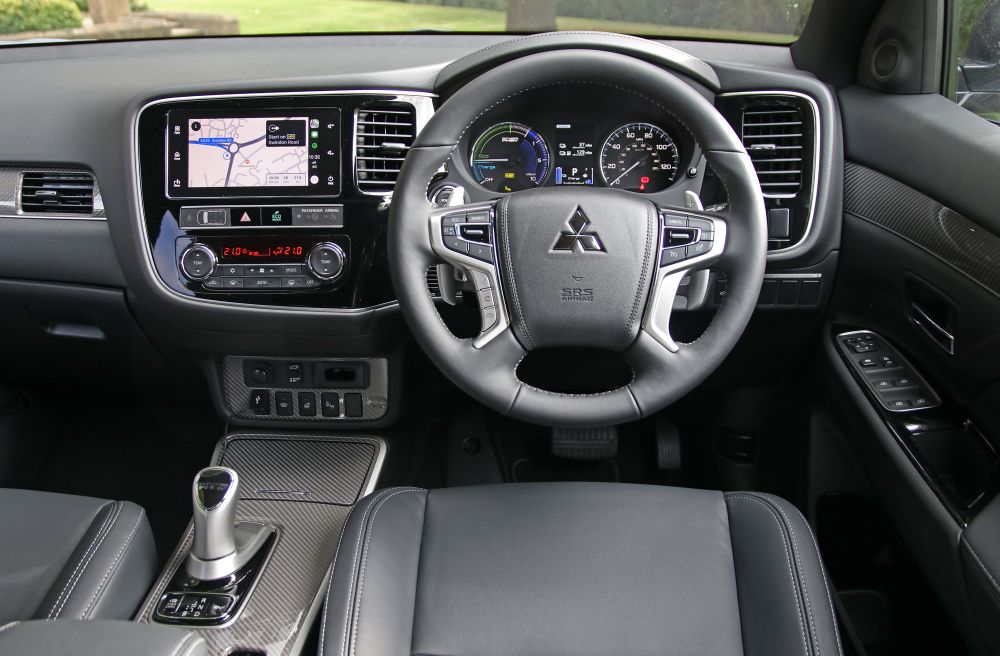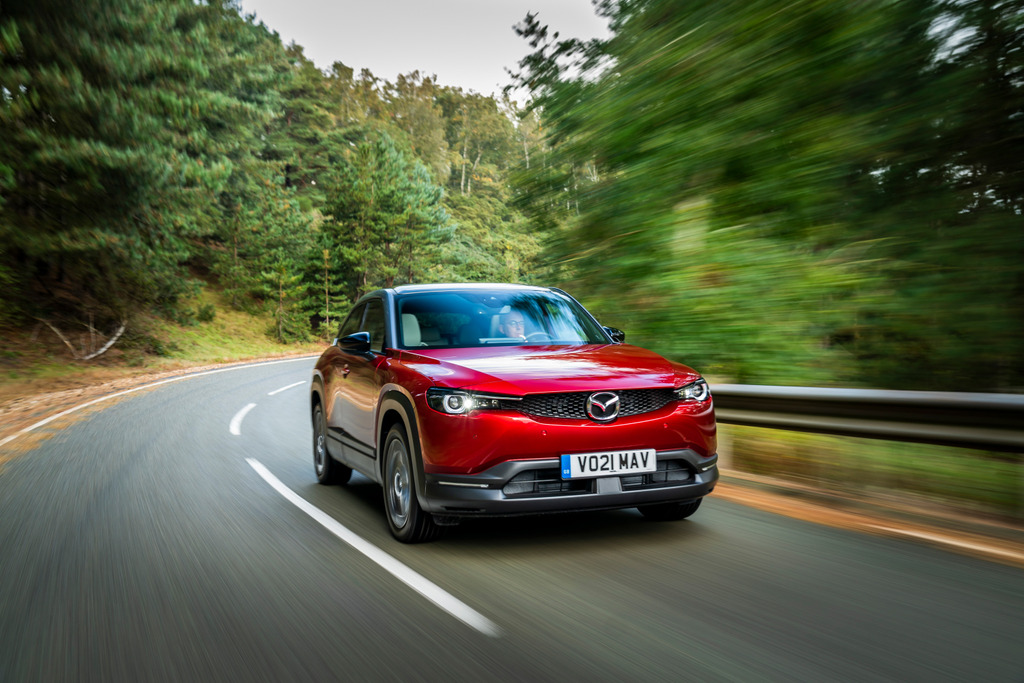That might seem crazy, but the company was faced with big bills to make the new Outlander (and other cars in the range) meet the European laws for crash and emissions. So they didn't bother.
If you still fancy one, there are plenty around and they are still a practical, family-sized SUV which is pretty good to drive, has 4x4 ability when it gets slippery and can run purely on electric for a few miles before you need to switch to petrol power.
But the real reason it has been so popular is that it can save company car drivers an absolute fortune. This is because the Inland Revenue taxes company cars according to their exhaust emissions, and as the Outlander PHEV has low official CO2 figures. As a result, the difference between the tax you’d pay on an Outlander and something like a diesel BMW 3-Series is about £200 a month if you are a 40% rate tax-payer.
That’s a pretty compelling argument but there are a few pitfalls. Firstly, if saving tax is your ultimate goal, it’s worth trying to make a pure electric car work for you as the new rules from April 1st 2022 mean they are rated at 2% for benefit in kind, so even cheaper than the Outlander. Second, a car like the BMW would be better to drive and if you do a lot of long journeys it will probably be cheaper to run too.
This last point might come as a surprise to anyone who has looked at the fuel consumption figures and assumed the Outlander is an economical car. It can be if you are willing to plug it in and do short journeys, but the Mitsubishi has an electric power only range of about 28 miles. This will be enough for most people to use on their commutes, but if you go further than that it uses the petrol engine and the fuel consumption can come as a shock to anyone used to a diesel on long motorway trips.
There are a couple of other points to be wary of too. The first is the road tax 'trap'. If you buy one of the top versions of the Outlander you could be paying more for your road tax until it is six years old and it may be worth less when you sell it as a result.
With those in mind, the Outlander could make perfect sense if you drive less than 25 miles a day on average but need to regularly go on journeys which are longer than an electric car’s range. It’s also a useful tow car and we can’t ignore that it’s more affordable than any pure-electric SUV with four-wheel-drive.























